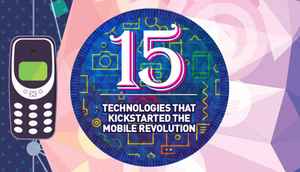
All tech revolutions are built on the shoulders of great technologies that came before...
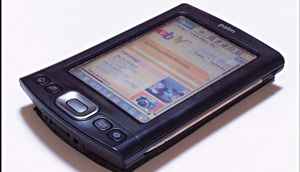
PDAs
The term “PDA” (Personal Digital Assistant) was coined by John Sculley, of Apple corp. It is a term which is used for a device that functions as a personal information manager.
The first PDA was introduced by Apple in 1993, with the Apple Newton MessagePad. A PDA was a term used for any device which had a touch screen, and had a planner, and could access the internet. They were largely outdated, after the smartphone boom around 2010. PDAs were one of the main things smartphones drew inspiration from.
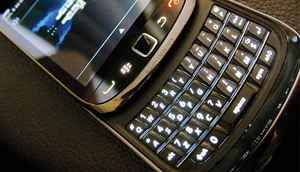
QWERTY keypads
QWERTY keypads are largely known for the ease of typing they provide a user with. The first QWERTY device was the Nokia Communicator 9000, which came out in 1996.
All smartphones use QWERTY keypads, today – software or hardware.

Internet connectivity (cellular data and Wi-Fi)
Wireless internet connectivity is probably one of the biggest milestones in mobile phone technology. When cellular data was introduced in mobile phones, it ushered in a whole new era of communication technology, which would revolutionise mobile phone technology, in the years to come.
This one little advancement paved the way for many new technologies, such as 4G for mobile phones.

Instant messaging
Instant Messaging is probably one of the most popular ways of communication. Almost every phone has IM applications which are used by people all over the world. With the advancements in Internet technology, IM has rapidly grown.
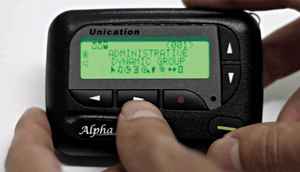
Pagers
Pagers paved the way for instant messaging. They’ve made it easier for people to share text messages, wirelessly, without having to tie a note to a pigeon’s leg. Pagers are now only used in hospitals, and are only seen with doctors, or tech collectors, but in the 80s (or early 90s in India), it was the gadget to have

Touch screens
Touch screens have changed mobile phones forever. Not only have they given us more functionality, more real-estate to view videos, but also done away with external input devices such as the stylus.
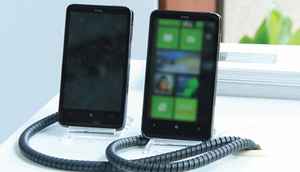
Smartphones
Smartphones are the most recent, and the biggest development in the mobile industry, till date. They have increased the utility of mobile phones manifold. They’ve also helped create new avenues for innovation.
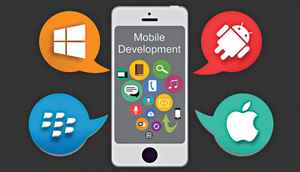
Applications in mobile phones have been around since the inception of the first phone. Starting from a simple calculator application, going up to the games we play, like Temple Run or Subway Surfers. Really shows you how far we’ve come.
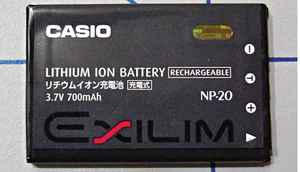
Li-On batteries
In the 90s, phones used to use nickel cadmium batteries, which weren’t exactly the most efficient. They were also very bulky and heavy, making the devices bulky and heavy. Plus, they didn’t hold charge, very well.
Li-On batteries are much smaller, and are much more efficient. These batteries have no issue holding charge, and are more powerful and longer lasting than
Ni-Cd batteries.
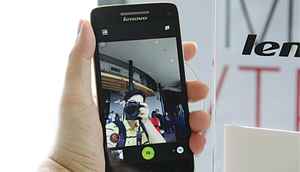
Cameras
Cameras in mobile phones kickstarted a whole new range of camera phones, the quality of which improve with every successive generation of phones. Today, it’s almost impossible to think of a phone without a camera.
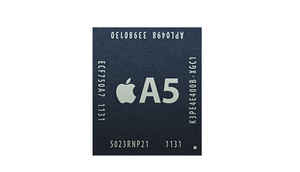
Microchip processors
Over the years, the computing power of mobile phone CPUs have been increasing exponentially. Decreasing sizes and increasing performance means that phones today fit in a pocket, but have more processing power than the lunar modules that landed men on the moon! That’s not all, flagship phones have as much number crunching ability as most entry-level desktops, giving them the capability to play video and games in high resolutions.
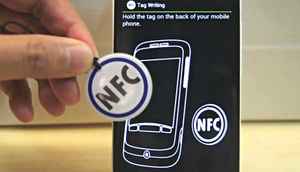
NFC
Having NFC sensors in phones have made them more secure, and easier to use, than ever. NFC sensors can be used to unlock your phone, and make secure payments, using applications like Android pay, or PayPal. NFC may not have driven the adoption of mobile phones thus far, but we see it contributing a lot going forward.
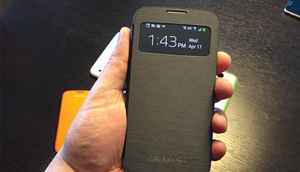
GPS, Accelerometer, Barometer, etc.
Today, almost every phone comes equipped with at least one of these. They’ve become an indispensable part of mobile phone technology. These features essentially turn your phone into an all-in-one device which makes our lives so much easier.
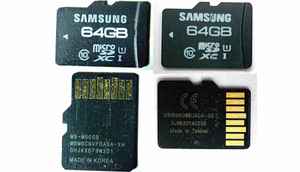
Earlier, mobile phones having a few MBs of storage was considered a huge feat. Today, often one app or game we install can use upwards of a GB of space!
Phones have kept up with the demands of ever storage hungry consumers, and have started pushing the boundaries of Micro SD card storage. Microdia announced a 512 GB micro SD card in 2015, but it’s still not available from what we can tell. 256 GB is though.
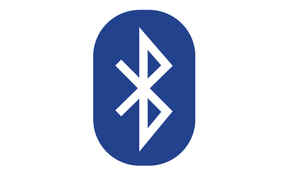
Bluetooth
Bluetooth is easily one of the most iconic milestones in mobile phone technology. Short range, wireless transfer of files was made easier than ever, by Bluetooth. Today, mobile internet speeds have made file transfer technologies a relic of the past, but Bluetooth hangs on by providing wireless connections to earphones and speakers, with very good digital audio quality. It’s also the default wireless connection standard for other accessories.
This article was first published in our 15 year Anniversary Special June 2016 issue of Digit magazine. To read Digit's articles first, subscribe here or download the Digit e-magazine app. You could also buy the Anniversary Special June 2016 issue here.